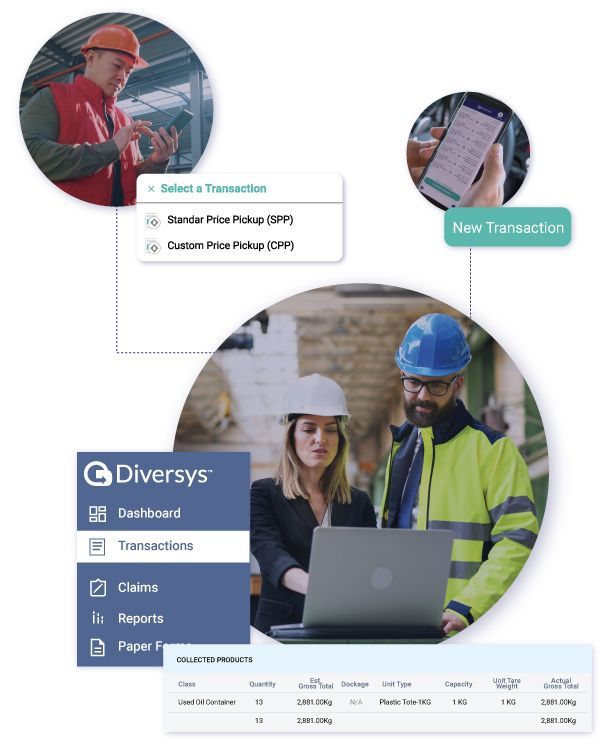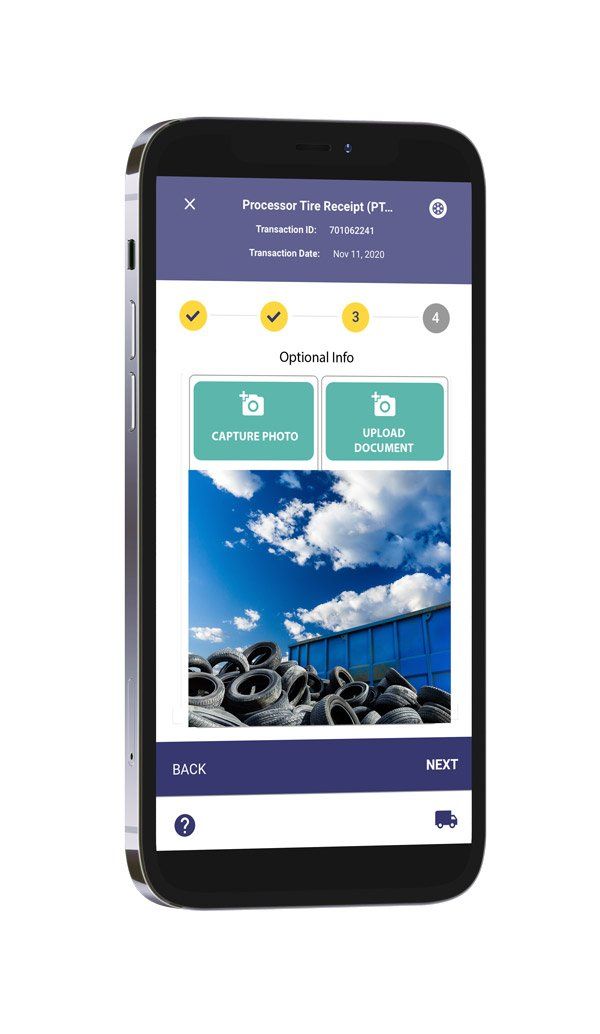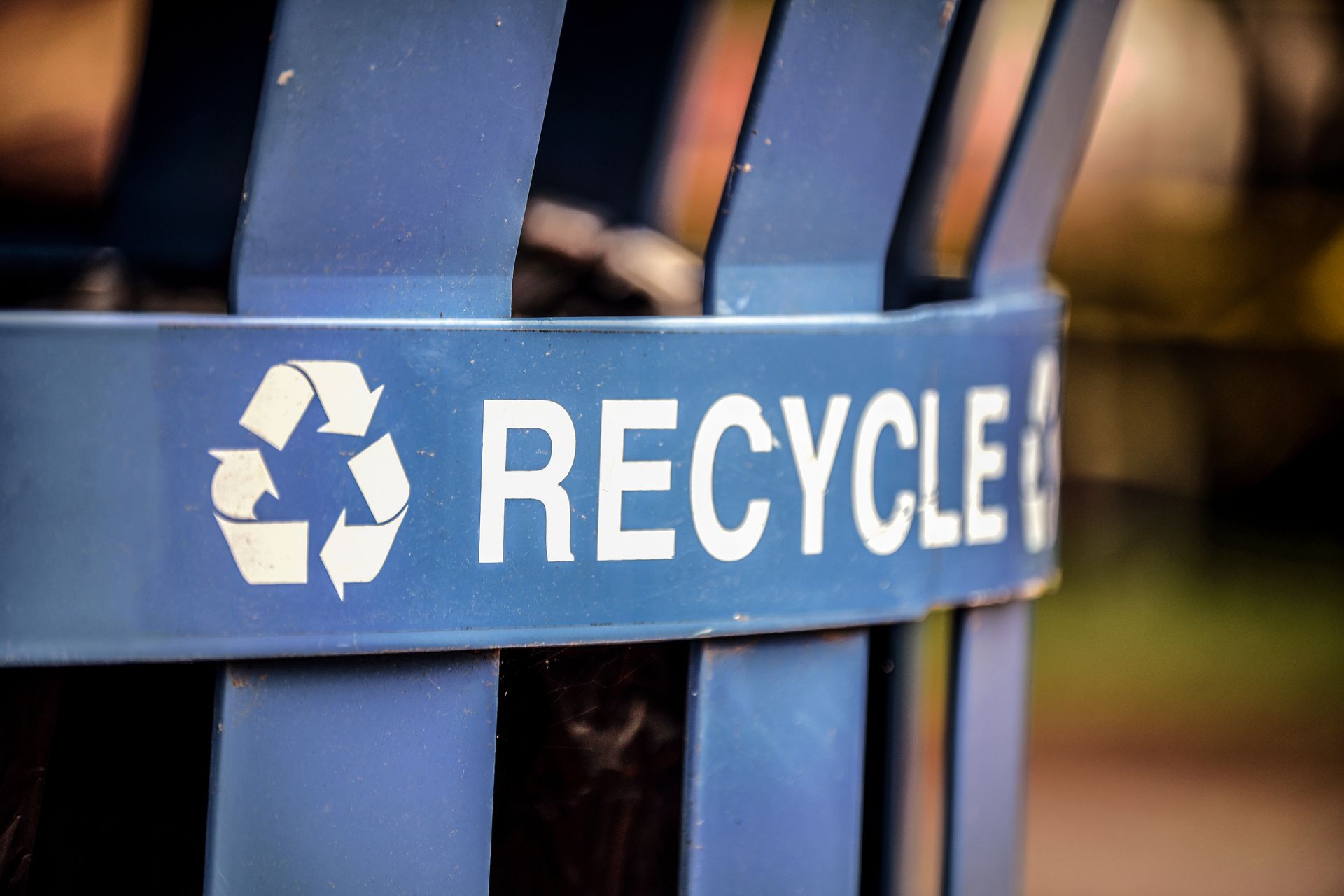Measuring the Benefits of Extended Producer Responsibility

Extended producer responsibility (EPR) is gaining considerable traction as a mechanism for increasing recycling rates and re-enforcing the value of circularity principles. This policy approach shifts costs and responsibility for managing waste from municipalities to producers. EPR has been implemented in many countries for various product categories, such as packaging, electronics, batteries, tires, and pharmaceuticals. From production to disposal, EPR aims to promote the circular economy and reduce the environmental impact of a product's life cycle.
But what are the environmental, economic, and societal benefits of EPR? How can we capture the data necessary to measure them?
Environmental and Sustainability Benefits of EPR

One of the main benefits of EPR is that it reduces the amount of waste in landfills or incinerators and increases the recovery and recycling of materials. This helps conserve natural resources, reduce greenhouse gas emissions, and prevent pollution. A recent report from The Recycling Partnership estimates that U.S. recycling rates could reach as high as 75% for most examined states under EPR. An analysis of the effectiveness of EPR programs in other jurisdictions like British Columbia, Quebec, Spain, and Portugal supports these estimates. Another study by the Circularity Gap found that doubling up on circularity principles could lead to a 39% decrease in greenhouse gas emissions by 2032.
Data on waste generation, collection, sorting, recycling, and disposal is essential to measure these environmental benefits. Data can help track the performance of EPR programs, identify gaps and opportunities for improvement, and benchmark best practices across regions and sectors.
Economic and Job Creation Opportunities of EPR

Another benefit of EPR is that it stimulates innovation and competitiveness in the production and recycling sectors. EPR makes producers responsible for their product's end-of-life management while creating market demand for more durable, reusable, and recyclable products. This can spur innovation in product design, materials selection, and manufacturing processes.
EPR can also foster new business models based on product-service systems, such as leasing, renting, or sharing products instead of selling them.
Moreover, EPR can create economic opportunities and jobs in the recycling industry. By increasing the supply and quality of recyclable materials, EPR can lower the costs and increase the revenues of recycling operations. This can attract more investment and employment in this sector. For example, a 2019 review of recycling programs in Alberta found an estimated $180M in gross value added to the provincial economy, and approximately 1500 jobs were created. Another study by Eunomia Research found that the reuse economy in Minnesota had the highest recycling rates of any state examined, could be worth $5 billion, and contributes 45000 jobs.
Better waste and recycling management data is necessary to support attribution for improved production costs, revenues, market share, innovation, investment flows, and employment levels. Data can help evaluate the economic impacts of EPR policies on producers and recyclers, as well as on consumers and society as a whole. Data can also help assess the potential for value creation and job creation in the circular economy.
Social Impact and Regional Benefits of EPR

Another benefit of EPR is that it can improve social welfare and equity by reducing health risks, increasing consumer awareness, and enhancing social inclusion. EPR can reduce health risks associated with improper waste management practices, such as burning or dumping waste in open areas. These practices cause air pollution, water contamination, and soil degradation, affecting human health and well-being and straining local ecosystems. For example, a study by ILSR estimated that EPR programs for pharmaceuticals in the US could prevent up to 33 deaths and 8,000 poisonings per year by reducing the improper disposal of unused or expired medications.
EPR can also increase consumer awareness and engagement in waste reduction and recycling behaviours. Governments and stewards can leverage EPR and data to communicate the ecological costs of products and incentivize consumers to choose more sustainable options. For example, the National Institute of Health research shows that scrap steel creates 97% less waste than mining virgin ore and requires 40% less water. Robust recycling data capture methods are pivotal to supporting the social impact and tracking the regional benefits of EPR.
Measuring the Impact and Benefits of EPR
A strong Extended Producer Responsibility (EPR) policy approach can deliver multiple environmental, economic, and societal benefits. EPR is already reducing waste dumping into landfills, increasing recycling rates, and promoting ecological restoration by enforcing alternative waste disposal and diversion methods. The policy approach also creates new opportunities for innovation, job creation and economic growth by optimizing the waste recycling supply chain and management. The social impact of EPR is fostering greater collaboration among various stakeholders in the product life cycle, such as consumers, producers, governments and recyclers.

Accurate and standardized data capture is crucial for measuring these benefits and demonstrating the impact of circularity principles. Diversys is a cloud recycling software solution that helps measure and track the benefits of EPR by standardizing the approach to value-chain data capture across participants. Diversys provides a comprehensive view of waste management performance, compliance and impact across different regions and programs.
Diversys provides organizations with the data visibility necessary to make data-driven decisions and continuously improve their programs and operations. With analytics, auditing, and reporting capabilities, the platform unlocks hidden insights while ensuring organizations can track their progress toward meeting their targets. Diversys offers scalability, flexibility and security for EPR program management.

About Diversys
Diversys is proud to have its roots in Ontario, Canada - a province widely recognized for its leadership in EPR and sustainability. Since 2019, we've been dedicated to creating innovative software solutions that drive progress toward a world without waste.
Our story is a testament to the power of hard work, customer loyalty, and big ideas. We are committed to empowering organizations with the waste recycling software solutions necessary for achieving a sustainable future. Our cutting-edge software platform is helping organizations achieve their ESG goals, meet reporting obligations, and improve operational efficiency for their recycling programs.
Our commitment to delivering world-class solutions that drive meaningful progress towards waste reduction and a more sustainable future is unwavering. Our team of industry experts is ready to help you navigate the rapidly-evolving waste management landscape as we progress toward a circular economy.





